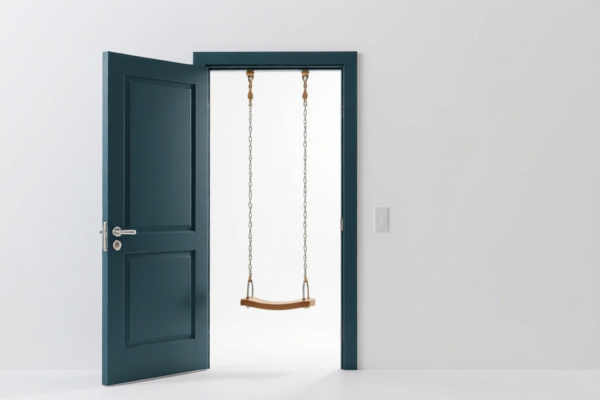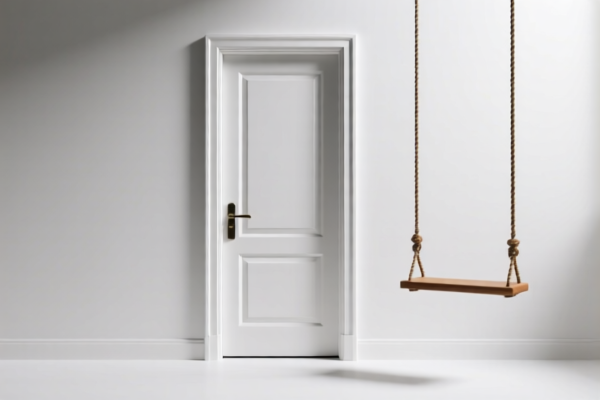| HS Code | Official Doc | Tariff Rate | Origin | Destination | Effective Date |
|---|---|---|---|---|---|
| 8482800080 | Doc | 60.8% | CN | US | 2025-05-12 |
| 8482992580 | Doc | 60.8% | CN | US | 2025-05-12 |
| 8483304040 | Doc | 59.5% | CN | US | 2025-05-12 |
| 8483908080 | Doc | 57.8% | CN | US | 2025-05-12 |
| 8302200000 | Doc | 85.7% | CN | US | 2025-05-12 |
| 8302419045 | Doc | 58.5% | CN | US | 2025-05-12 |
| 8304000000 | Doc | 33.9% | CN | US | 2025-05-12 |
| 8304000000 | Doc | 33.9% | CN | US | 2025-05-12 |
| 7419801700 | Doc | 58.0% | CN | US | 2025-05-12 |
| 7419800900 | Doc | 58.0% | CN | US | 2025-05-12 |
| 7415390000 | Doc | 58.0% | CN | US | 2025-05-12 |
| 7415290000 | Doc | 58.0% | CN | US | 2025-05-12 |
| 4906000000 | Doc | 37.5% | CN | US | 2025-05-12 |
| 4911998000 | Doc | 37.5% | CN | US | 2025-05-12 |
| 4911996000 | Doc | 37.5% | CN | US | 2025-05-12 |




Sliding Door Roller
A sliding door roller is a wheel or set of wheels that allows a door to move horizontally along a track, typically used in sliding doors. These rollers are essential components for the smooth and efficient operation of various door systems.
Material
Sliding door rollers are manufactured from a range of materials, each offering different properties:
- Steel: Provides high strength and durability, suitable for heavy doors and frequent use. Often coated to resist corrosion.
- Nylon/Plastic: Lightweight and quiet, reducing noise during operation. Less durable than steel but cost-effective for lighter doors.
- Stainless Steel: Offers excellent corrosion resistance, ideal for applications in humid or corrosive environments, such as bathrooms or coastal areas.
- Aluminum: Lightweight and corrosion-resistant, often used in combination with other materials.
Purpose
The primary purpose of a sliding door roller is to:
- Support the weight of the door: Distributes the door's weight evenly along the track.
- Enable smooth and effortless movement: Reduces friction between the door and the track, allowing for easy sliding.
- Maintain door alignment: Keeps the door stable and prevents it from binding or derailing.
Function
Sliding door rollers function by:
- Rolling along a track: The wheels rotate as the door is moved, allowing it to slide horizontally.
- Bearing the load: The roller's bearings support the weight of the door and distribute it evenly.
- Adjusting height and alignment: Many rollers feature adjustable height and alignment settings to ensure smooth operation and proper door sealing.
Usage Scenarios
Sliding door rollers are used in a wide variety of applications:
- Residential: Closet doors, patio doors, shower doors, barn doors.
- Commercial: Office partitions, retail display cases, industrial doors, warehouse doors.
- Furniture: Sliding wardrobe doors, cabinet doors, shelving units.
Common Types
Several types of sliding door rollers are available, each designed for specific door types and weight capacities:
- Single Wheel Rollers: Simple design, suitable for lighter doors.
- Double Wheel Rollers: Provide increased weight capacity and stability.
- Tandem Rollers: Feature multiple wheels for heavy doors, offering maximum weight support.
- Adjustable Rollers: Allow for height and alignment adjustments, ensuring smooth operation.
- Ball Bearing Rollers: Utilize ball bearings for reduced friction and smoother movement.
- Polyurethane Rollers: Quiet operation and good load-bearing capacity, suitable for interior doors.
- Top-Hung Rollers: Mounted on the top of the door, commonly used for bypass and pocket doors.
- Bottom Rollers: Mounted on the bottom of the door, providing stability and support.
Sliding door rollers are components used in sliding door systems to enable smooth movement. They typically consist of wheels or bearings housed within a mounting bracket, allowing the door to slide along a track. These rollers can be made from various materials, including metal and plastic, and are used in residential, commercial, and industrial applications.
Here are the relevant HS codes based on the provided reference material:
- 8482800080: This HS code covers “Ball or roller bearings, and parts thereof: Other, including combined ball/roller bearings Other”. This could apply if the roller incorporates ball or roller bearings as a core component. The total tax rate is 60.8%, comprising a 5.8% base tariff, a 25.0% additional tariff, and a 30.0% additional tariff effective April 2, 2025.
- 8302200000: This HS code covers “Base metal mountings, fittings and similar articles suitable for furniture, doors, staircases, windows, blinds, coachwork, saddlery, trunks, chests, caskets or the like; base metal hat racks, hat-pegs, brackets and similar fixtures; castors with mountings of base metal; automatic door closers of base metal; and base metal parts thereof: Castors, and parts thereof”. If the sliding door roller is considered a castor with a base metal mounting, this HS code may be applicable. The total tax rate is 85.7%, consisting of a 5.7% base tariff, a 25.0% additional tariff, and a 30.0% additional tariff, with an additional 25% additional tariff for steel or aluminum products.
- 8302419045: This HS code covers “Base metal mountings, fittings and similar articles suitable for furniture, doors, staircases, windows, blinds, coachwork, saddlery, trunks, chests, caskets or the like; base metal hat racks, hat-pegs, brackets and similar fixtures; castors with mountings of base metal; automatic door closers of base metal; and base metal parts thereof: Other mountings, fittings and similar articles, and parts thereof: Suitable for buildings: Other: Other Suitable for interior and exterior doors (except garage, overhead or sliding doors): Other”. If the roller is a mounting fitting specifically for interior or exterior doors (excluding sliding doors), this HS code could be relevant. The total tax rate is 58.5%, comprising a 3.5% base tariff, a 25.0% additional tariff, and a 30.0% additional tariff.
Important Note:
Regarding HS code 8302200000, please note that if the castor is made of steel or aluminum, an additional 25% additional tariff applies.
Customer Reviews
No reviews yet.